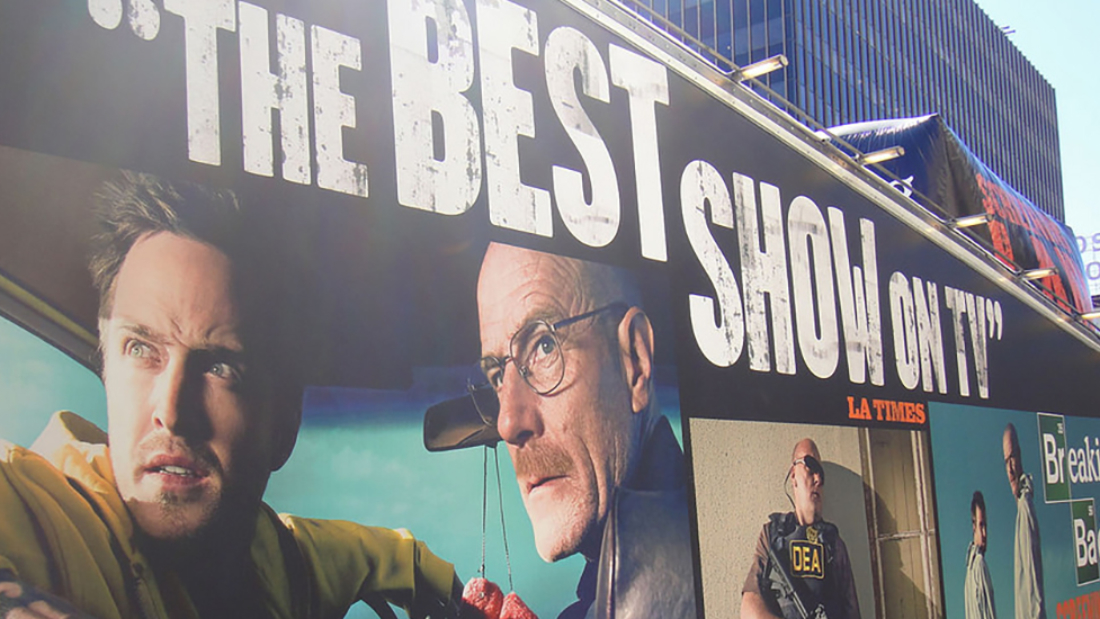Tell a Story With All The Elements
As many of you know I have been fascinated by the way that stories engage audiences (even before it was cool) and have taken my magnifying glass to what kinds of stories engage.
You see, a few years back the buzz word in brand marketing was- Value- and now it’s -Story-right? And just like back then, we hear a lot of people telling us what we should be doing but not HOW we should be designing a story.
I’ve been busy- understanding what makes a story one that audiences are likely to devote their limited time towards and am creating a- template we can all use. I can not wait to share it with you, but until it is ready – I’ll share ONE insight with you here.
Stories told with the right IMAGES hook the audience to read more.
Studies about audience engagement have told us that images are processed within a second and that’s a powerful fact to pay attention to. So take it from a few film production tricks. And control that message.
Visual Tension = Magnetic

Remember this ‘tense’ scene from Breaking Bad? [recently added to Netflix].
The Director of Photography added an object between the character’s conversation, it added visual tension and that feels just a little uncomfortable to watch.
If you can find the uncomfortable point of your message you can use visuals to play into it and draw your audience in teasing the unspoken question. “How and when will this be resolved?” The need to restore balance is an unforgettable way to draws us in. And stay in.
The need to restore balance is an unforgettable way to draw an audience’s attention AND hold it.
Make Perspective Work for You

Using Storytelling helps you INCLUDE your audience in the message.
Change the perspective. It’s is one of the easiest ways to captivate and build audience empathy. Quick tips from film production point of view. What emotion will emphasize your message
- Looking eye level with the lens of your camera makes your message feel very personal.
- Placing your audience lower than you starts a dynamic power player.
- A high camera angle gives the feeling of control and superiority to the audience and that can be a powerful way to draw them in.
Let ‘Common’ Objects Speak

You do not need to place a person in the image to tell a human story.
We all have common experiences. We all know what it feels like to see familiar objects set among others and how a carefully designed setting makes us feel. So tap into it. Set the scene. Does ice cream make you feel giddy happiness? What about the disappointment of an ice cream cone that has fallen to the floor.
So tap into it. Strategically set the scene.
Does ice cream make you feel childlike, giddy happiness? DO YOU REMEMBER the disappointment of an ice cream cone that has fallen to the floor.
Use the common experiences we all share to ‘connect’ an emotion without ‘telling’ your audience how to feel.
Am I right? I’d love to hear your opinions.


